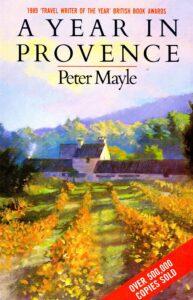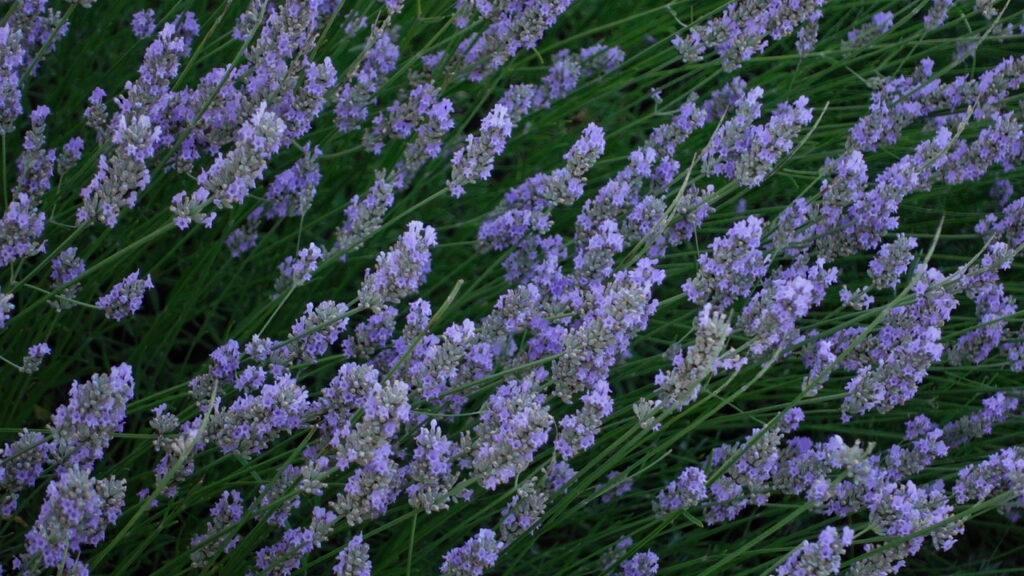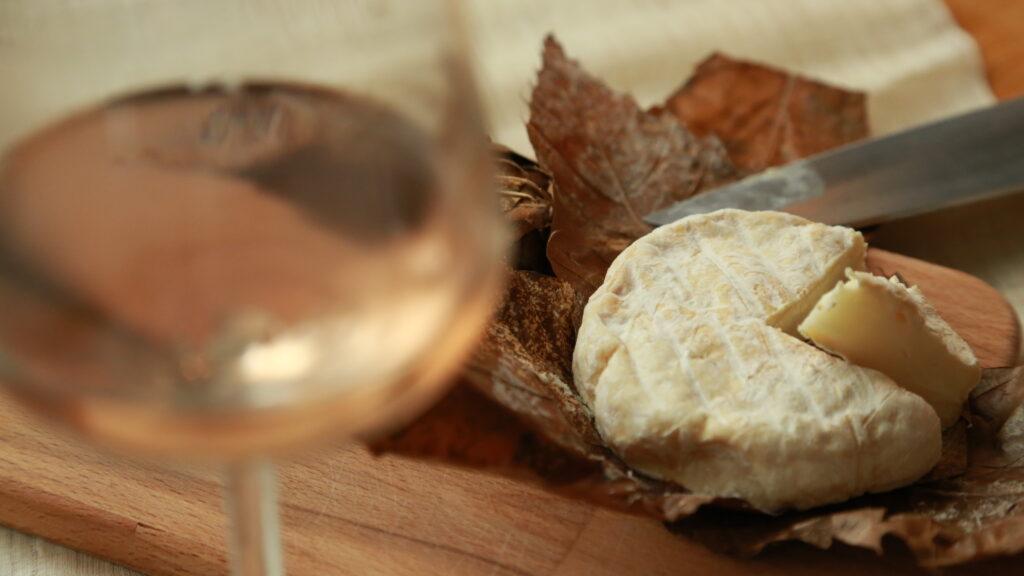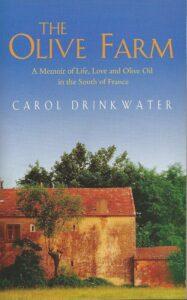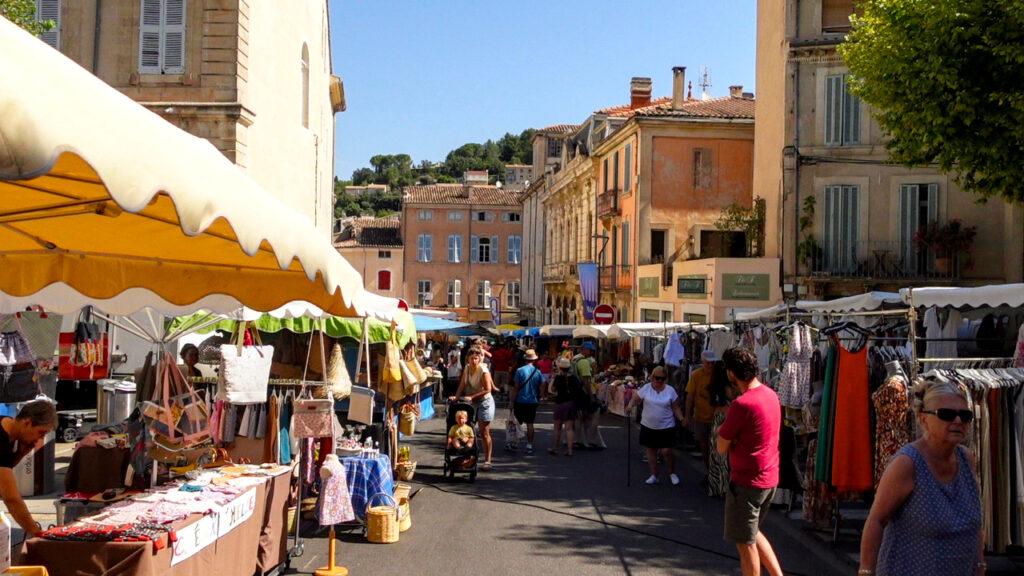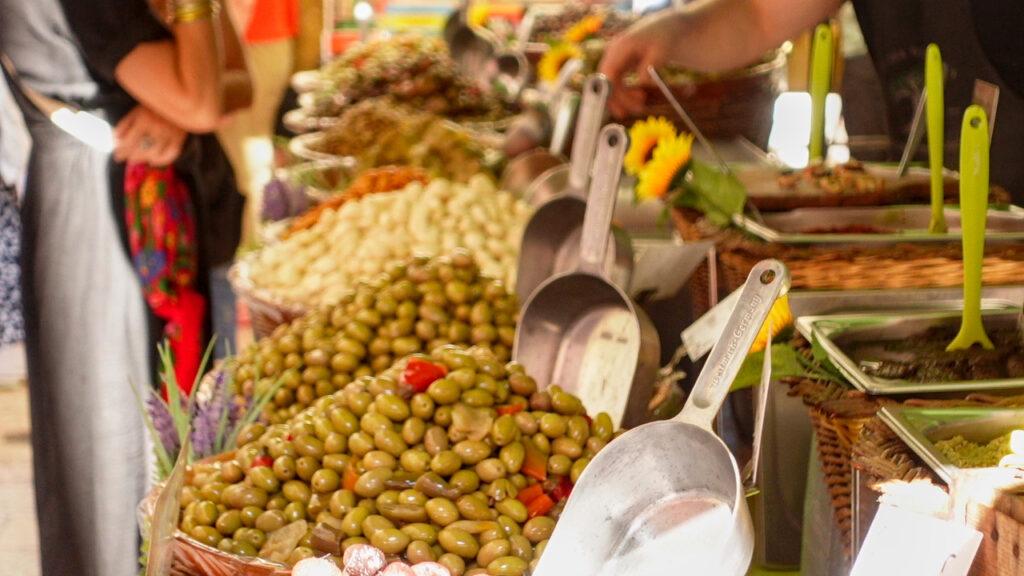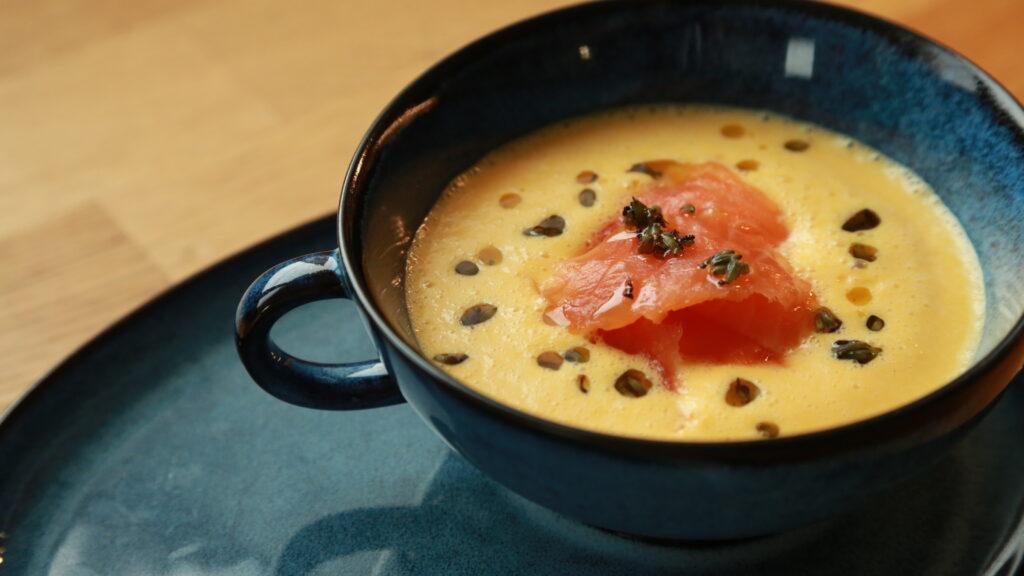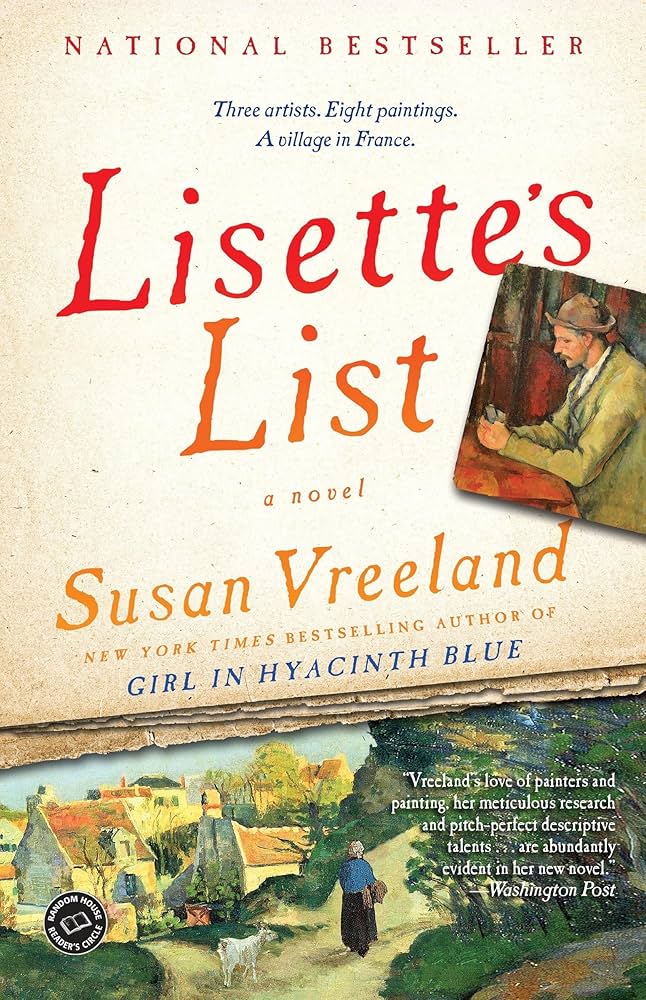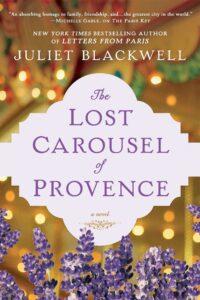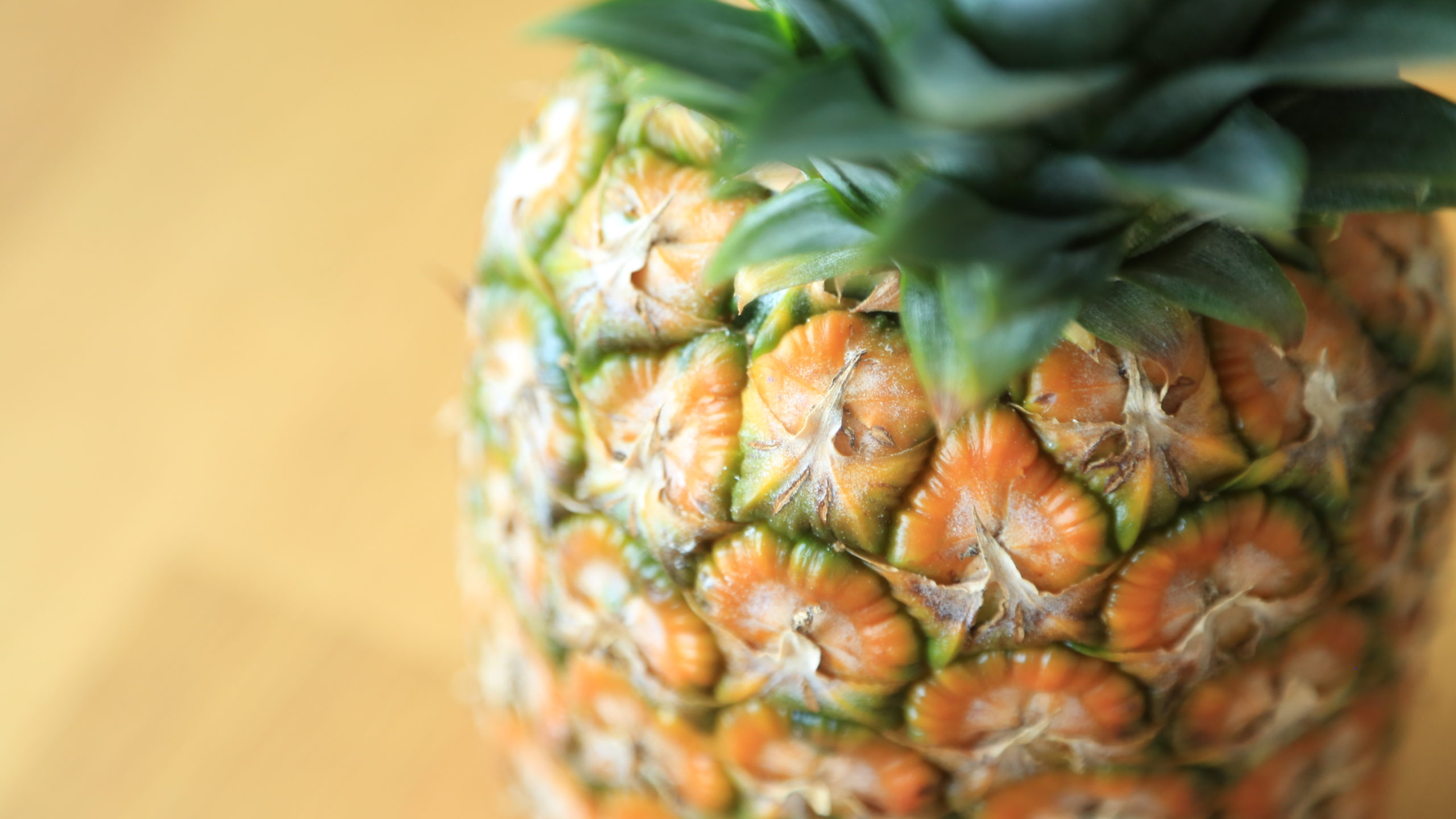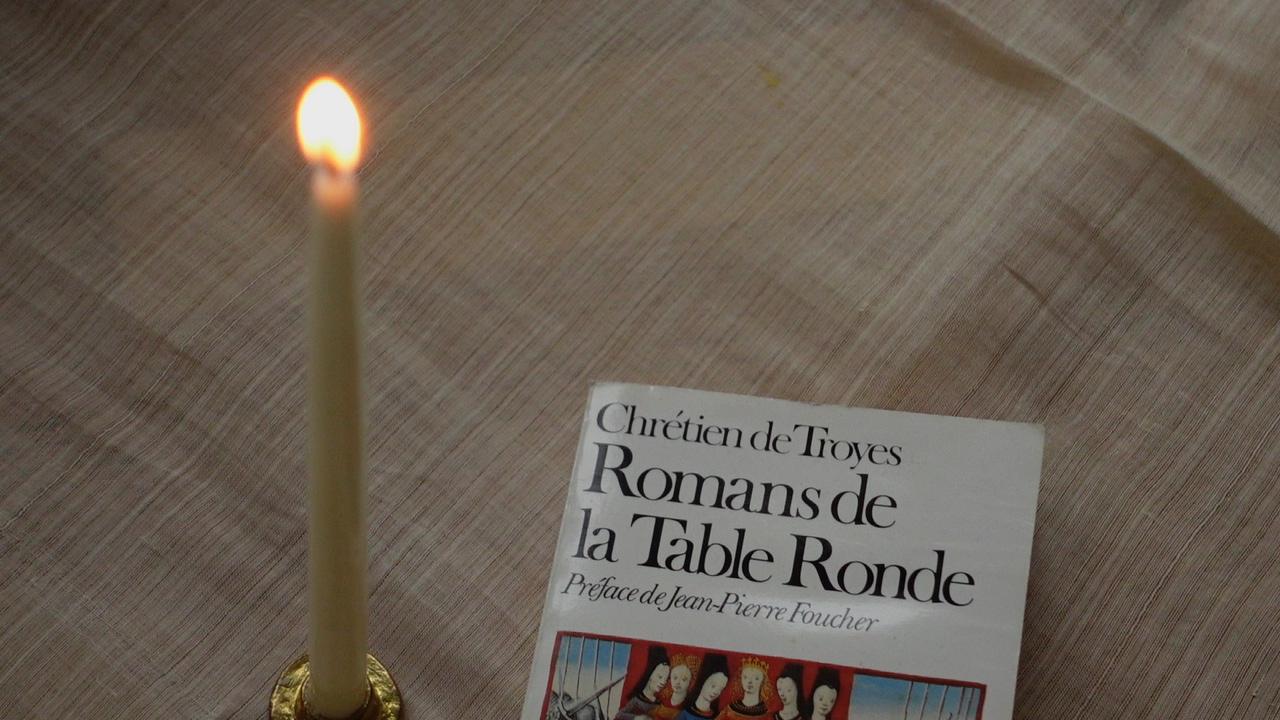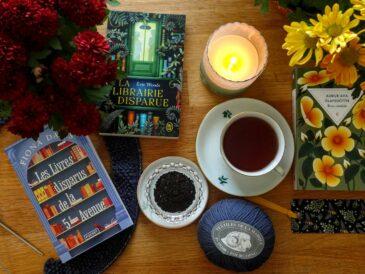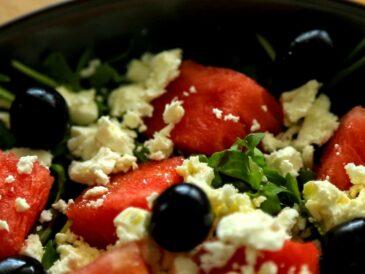Hello friends ! Welcome back to my little corner of Provence. After visiting the classics of French Provençal literature, and the beautiful Lubéron countryside (be sure to check out the previous video if you haven’t seen it already), today I’m taking you on a more contemporary journey, as we discover Provence through the eyes of authors who were drawn to it from farther away, and fell helplessly in love with its windy charm.
Probably the most well-known expat of Provence is the English businessman turned author, Peter Mayle. The global success of his memoir A year in Provence has changed the perception of the region worldwide. The story of buying an old stone farmhouse and restoring it, getting acquainted with the local customs and cuisine, all the details he observes so carefully make this a charming tribute to the beauty of Provence. What I enjoyed most while reading, was the balance between humour and fascination, as if I was observing a man while he was falling in love, yet fearing the blind spot we get when infatuation strikes, he’s maintaining a slight dose of self-moquery to keep him grounded. This was the book I bought from my first paycheck back in 2008, in its Romanian translation, and I remember perfectly how happy it made me feel. Re-reading it in the original English has been a trip down memory lane for me. Chances are that if you’re watching this, you have already read it before, just like me. So take this as an invitation to revisit it, as an immediate escape to your happy place.
And speaking of immediate escapes, we cannot invoke the Provençal spirit without speaking of lavender. I feel that in recent years, the culture of lavender has spread in many parts of Europe, so maybe Provence doesn’t have a monopoly on the subject anymore, but it certainly has history on its side. If your knowledge on cultivating lavender and its uses is not your forte, I can only recommend a visit to the Lavender Museum located in Coustellet, in the heart of the Lubéron National Park. My visit was at the end of the season, right before the harvest, so the colours were less intense than I had hoped. Nevertheless, I brought back a treasure in the form of pure lavender essential oil. A few drops in my diffuser, bring the spirit of Provence to life, lift my spirit and calm my nervous system. I highly recommend it.
With that in mind, you know that my reading and my travels always inspire gastronomic discoveries. And nothing says French countryside better than an association of cheese and wine, in moderation of course. If you are lucky enough to find a fromager, a cheese shop who loves goat’s cheese as much as I do, ask them for a Banon and they will know you are a true connoisseur of Provence. A small round package of chestnut leaves wrapped in raffia string, hides a soft and fragrant cheese made from unpasteurised goat’s milk. An old recipe known by farmers from the higher villages at the foot of the Alps, this is a cheese with a history dating back to the Roman Empire. Wrapping it in chestnut leaves ensured a better conservation and thus, a source of protein for the winter months. This goes surprisingly well with a Provençal rosé, a staple of the south. Made from grapes of the Mourvèdre type, this is a light and crisp wine, hinting of peaches and wild fennel, an essence of the land it’s rooted in. In one bite and one sip, you have distilled the spirit of Provence.
Keeping with the memoir theme, I have spent a few marvellous hours discovering Carol Drinkwater’s memoir, The Olive Farm : a memoir of life, love and olive oil. A British actress and a French film producer decide to begin their life together in an abandoned olive farm in Provence. Restoring the old farmhouse, getting the olive grove back on track, cleaning out the forgotten pool while discovering the local handymen, the helpful neighbours or the indigenous fauna, this all sounds like a perfect summer read to me. Add to it the challenges of two cultures and two families merging into one, and you’ll have a celebration of resilience, both in nature and in humans. Just like with Peter Mayle’s memoir, there are sequels to Carol Drinkwater’s autobiography, and I am looking forward to reading all of them. She has since become a successful novelist as well, something to look into.
When it comes to the Provençal lifestyle, you cannot get more authentic than the Saturday market in the town of Apt. One of the oldest documented markets in France, this is a tradition dating back to the XIIth century. A market held all year long, yet with a noticeable peak during summertime, with more than 350 vendors ranging from fruits and vegetable, to fish, cheese or delicious local dishes, but also clothing of every kind and of course, fabrics which were originally the main attraction of the Apt weekly market. On every corner you are surprised by a colourful stand or a live band playing some soft jazz, people enjoying the walk, the browse, the authentic conversations with local producers. The market has its own heartbeat, it vibrates through the fingertips and smiles of hard working people that proudly bring their best to the world, a communal celebration of nature’s bounty under the glorious Provençal sunshine.
From the many local delicacies that the Lubéron is known for, the melon of Cavaillon is one of the XIXth century’s stars, ever since Alexandre Dumas declared his love for it. He famously donated a complete series of his published works to the local library of Cavaillon, in 1864, in exchange for a life annuity of twelve melons per year. He lived 6 more years after that, I’d like to think they were at the very least delicious ones.
Today I’m preparing a very simple recipe, rooted in the Provençal garden. I mix a whole melon with 200 grams of fresh goat’s cheese, and serve it as a cold soup with slices of smoked trout and a garnish of aromatic lavender from my garden, that I’ve quickly revived in some hot olive oil. Serve this as a starter for your guests and they will surely be impressed by your creative audacity in the kitchen. A more contemporary approach to Provençal cuisine that sublimates it’s delicious produce.
Before we leave the Lubéron National Park, I have to share my enthusiasm for a novel that adds one more reason for which I dream of coming back here : Lisette’s List by Susan Vreeland. This is my second encounter with Vreeland’s fiction, after The Girl in Hyacinth Blue that I read for my Dutch inspired Spring (I’ll link it here and in the description box), and it confirms both my appreciation of her work and the true passion she had for art history. Lisette’s List speaks of the resistance movement that was particularly active in the region during World War II, while remembering the creative haven that Provence represented for many artists throughout history. A young newlywed Parisian girl finds herself in the charming yet limited village of Roussillon, land of the ochre mines who brought her husband’s grandfather in the company of the impressionists. As the war begins, she finds herself trapped there, having to find a way of coping with loneliness, violence and the yearning for art in her life. The plot combines many historical facts about the villages of Gordes and Roussillon, with just the right amount of thrilling suspense to keep you turning page after page. This was especially appealing for me since I only passed through Roussillon and could briefly admire the bright colour of the hills. There is a National Conservatory of Ochre there, where you can learn about the mineral and the pigment it provides, not to mention I noticed many charming farmhouses turned into B&Bs on the way. This is on my list for next time, for sure.
The last book on my list for today was Juliet Blackwell’s novel The Lost Carousel of Provence. A novel that constantly moves from the early 1900s to the present day, unfolding the life stories of two women united by their strength and passion. Cady is a professional photographer from San Francisco who arrives in Paris on a photo shoot assignment. Having had a wooden figurine of a rabbit carved by one of the most famous carrousel makers of the 20th century, she takes advantage of the trip and starts investigating. Her research brings her to Provence, in search of a carousel built for a private property. Needless to say, she was not expecting what she eventually found there.
This is a light summer read, perfect to bring along on your journey to the South, for those lazy hot afternoons. And that was exactly what I did. To my great surprise, I found myself in front of one of the carousels she mentions in the book, just the next day after reading it, in the heart of Avignon.
Located on the left bank of the river Rhône, Avignon is famous for a few different reasons. One of them being Le Pont d’Avignon, the bridge built by a shepherd in the XIIth century, destroyed and rebuilt a few times after that, and known thanks to the children’s song dating from the mid-XIXth century.
Between 1309 and 1377, during the Avignon Papacy, seven successive popes resided in Avignon, with the Palace of the Popes still dominating the center of the town today, perched up a rock in sign of absolute power and domination.
And of course, Avignon is also famous for its yearly Theater Festival. The streets come alive from the end of June to mid-July with performances from all over the world, more than a thousand of them during the In and Off festival.
This is a vibrant city that radiates joy of living, the balancing part of rural Provence, so whether you are more of a city-breaker or a hiker, there is something for everyone in this purple heart of the South.
I hope my two-part Provençal ritual has been inspiring, both for your reading time as well as for the pleasures of every day life. My days spent in Coustellet, Gordes, Apt and Avignon have been an extraordinary gift. They have inspired me even before my arrival, they have spoiled me during my stay, and they will forever remain a treasure in my heart.
Until next time, enjoy your reading and your rituals !
Shopping List
If you would like to support The Ritual of Reading, please consider purchasing your books from the Bookshop.org dedicated site by clicking the link below. You get to support local bookstores and I make a small commission with every purchase. Thank you !

